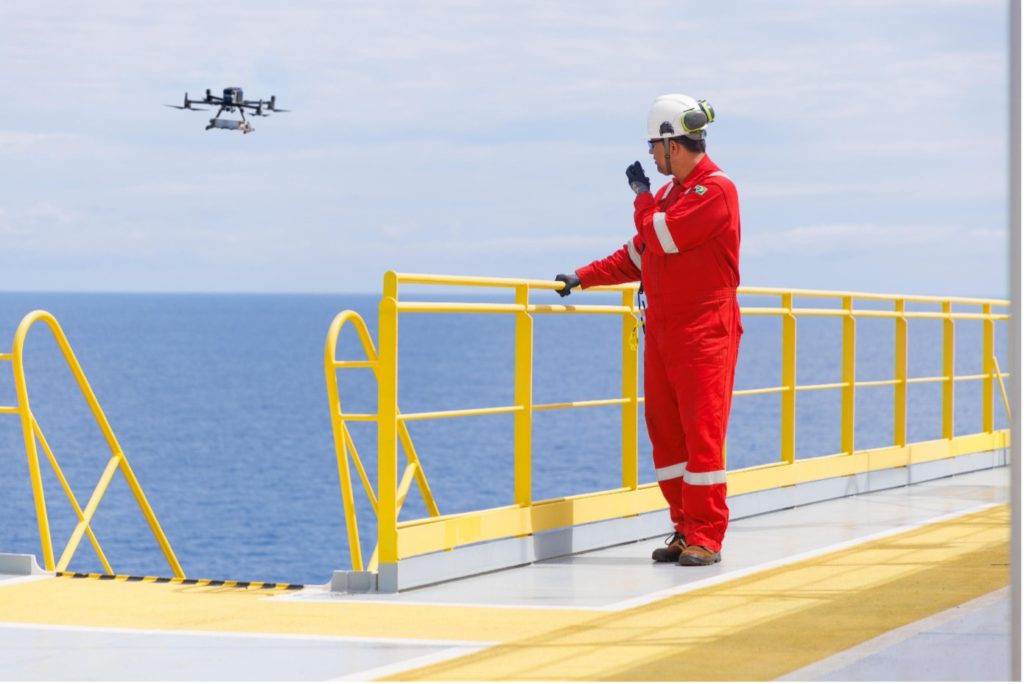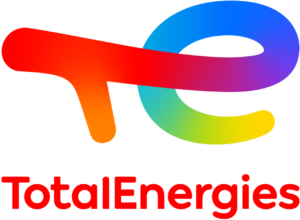Mitigating climate change is an existential challenge. Public attention is largely focused on CO2 emissions, but the role of methane (CH4) is also crucial. Methane emissions account for 30% of observed global warming to date and around 25% of anthropogenic methane emissions originate from the oil and gas industry.
Methane is a greenhouse gas with a global warming potential 28 times higher than that of CO2 and a much shorter atmospheric lifetime (about 10-12 years). That makes cutting methane emissions one of the fastest and most effective ways to limit global warming and improve air quality in the near term.
To do that, we need to solve many challenges. One of them is to detect and quantify methane emissions accurately under real-life conditions.
Made to measure
Aiming for zero methane emissions is a key part of TotalEnergies’ strategy to support natural gas as a transition fuel. This ambition has two core focus points: measuring methane emissions more accurately and abating those emissions relentlessly, for each source and for each asset.
TotalEnergies already reduced its operating methane emissions by nearly 50% between 2010 and 2020. In 2022, the company further reduced methane emissions by 34% from the 2020 level. It has an objective of an absolute reduction of 50% by 2025 and 80% by 2030 (vs. 2020) for its operated assets.
Did we need to create new technology for this? Yes. Several solutions for methane detection and quantification were already available (e.g. sensors networks at ground level, fixed cameras, aerial monitoring, even satellites). And yet there was no universal solution achieving accuracy, a low quantification threshold, high spatial resolution and data available on a near real time basis.
In 2017, TotalEnergies initiated a collaboration with the French National Research Center for Scientific Research (CNRS) and the University of Reims Champagne Ardennes to develop an innovative technology for greenhouse gas monitoring named AUSEA (Airborne Ultralight Spectrometer for Environmental Applications).
Our partners had already developed technology for atmospheric concentration measurement attached to a free stratospheric balloon. Our key challenge was to turn this into a solution viable for commercial drones. That means we had to miniaturise all the components of the methane concentration analyser without worsening its performance and combine it with high performance under wind conditions and mathematical algorithms to achieve accurate CH4 and CO2 emissions quantification in real time. AUSEA’s first test flight took place in 2018.
Low weight, high accuracy
AUSEA’s sensor weighs a mere 1.4 kg and is mounted on a commercial drone. Its small size and low weight increase safety and minimise risks during flights.
Combined with optical gas imaging, AUSEA allows us to precisely identify and quantify sources of CH4 and CO2 emissions and rapidly control them. It quantifies emissions fluxes by measuring CO2 and methane emissions in the plume and tracing them back to their source.
As it can measure a large range of concentrations, from 2 to 200 ppm with high precision (0.4 ppm for CO2 and 5 ppb for CH4) – and because it is light enough to be carried by drones – AUSEA is suitable for operation directly on industrial sites (onshore and off-shore) – sparing us various logistical and legal limitations associated with most long-range airborne observations. And of course, it can be used to measure methane emissions also in other contexts – e.g. biomethanisation, landfills, natural sources…
And AUSEA is currently developing towards an autonomous mode in order to increase acquisition frequencies. The results could also be combined with ground-based sensor networks and satellite measurements to further improve data accuracy.
Recognition yes…
AUSEA is also key to enhancing our methane emissions reporting as part of the second phase of the United Nations Environment Program’s (UNEP) Oil & Gas Methane Partnership (OGMP 2.0). OGMP 2.0 is the only comprehensive, measurement-based reporting framework for the oil and gas industry designed to improve the accuracy and transparency of methane emissions reporting for upstream, midstream and downstream. As a concrete result, TotalEnergies has been evaluated as Gold standard by UNEP each year since the creation of OGMP 2.0 in 2020.
…but reality bites
After an innovation success there often comes the point where reality bites – for example because the wider environment is slow to embrace new solutions. That applies to AUSEA too:
As of today, there is no standard available to compare one methane monitoring technology to another and to assess their real performances on the field in terms of accuracy, sensitivity, repeatability… The development of a recognised unique standard and a harmonised protocol for these tests would be a valuable improvement to point out objectively the best technologies, promote their deployment and guide future innovation around the globe. The good news is that such work is currently being undertaken by the University of Colorado and TotalEnergies, through their respective methane metrology centres METEC and TADI (TotalEnergies Anomalies Detection Initiatives), and under the sponsorship of the European Commission and the US DOE.
To efficiently reduce – and eventually eliminate – methane emissions, one condition is the accurate monitoring of emissions with comparability of results across the world. International cooperation is key and structures are indeed evolving at great pace (OGMP, IMEO, Global Methane
Pledge, Methane Guiding Principles etc…). Technology solutions also keep evolving. But for both developments to reach full impact, national and regional methane regulation must keep up with those dynamics and set ambitious and efficient rules.
Technological innovation, global cooperation and follow-through by those, who make the rules that will end up binding, are equally important. To advance at pace we need a choreography, and standing still is not an option.


